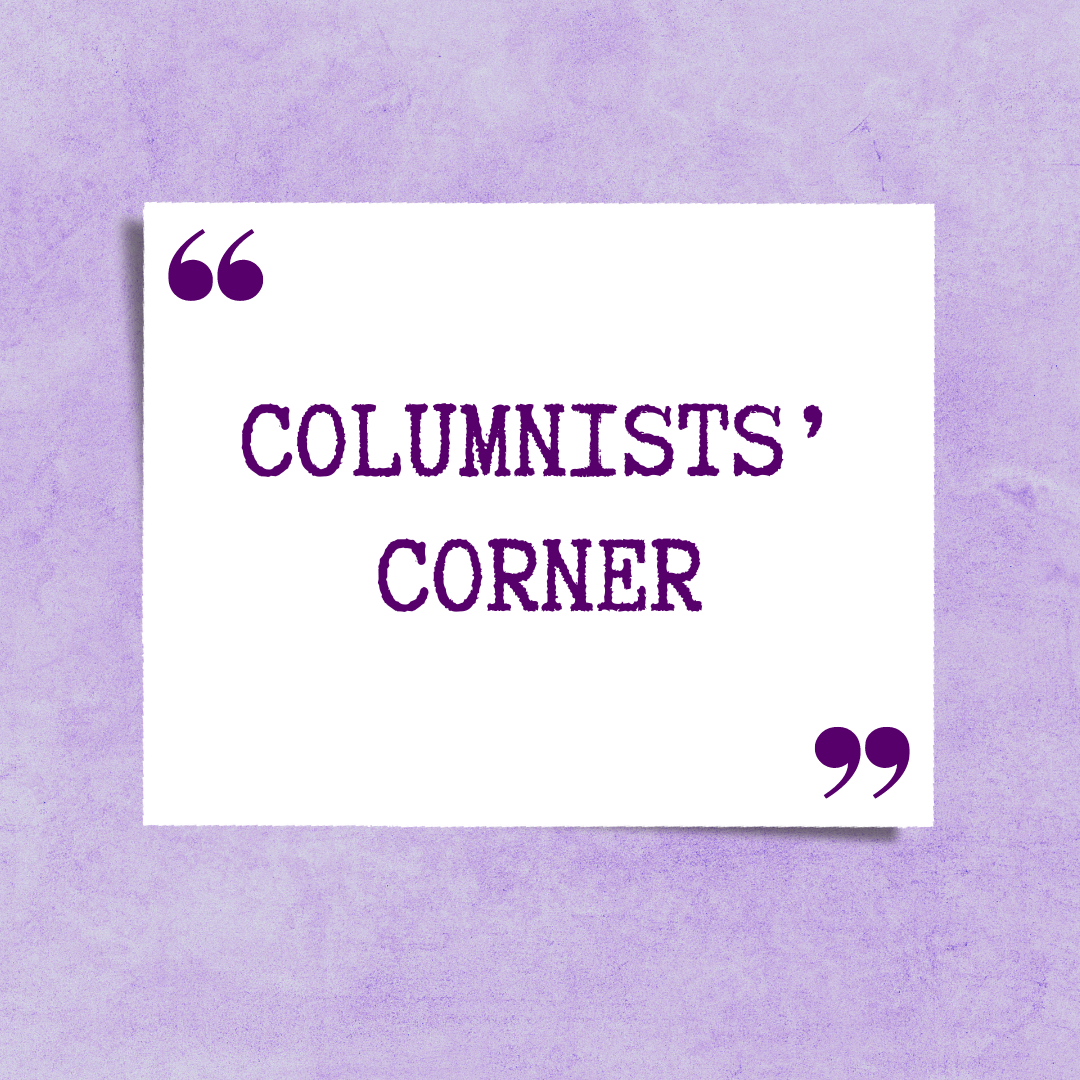Members of Gen Z consume at an unsustainable rate: makeup, technology, clothing and every other item imaginable. We, as Gen Zs, are constantly fed lies that we need to buy things. “You need to get your hands on this Amazon dupe!” Lies. “These are the best shoes you’ll ever have!” Lies. “Top 10 cheap closet staples!” Lies, lies and even more lies. In this day and age, we are taught we need everything, from a two dollar shirt from Shein to the new Apple iPhone 17. Consumerism has gotten out of control. Have free time? Shop. Spending time with friends? Shop. Sad? Shop. Happy? Shop. Shopping must be the answer to everything, right?
According to Earth.org, of the 100 billion garments produced each year, 90 million tons end up in landfills. If this trend continues, the number of fast fashion waste will soar to 134 million tons a year by the end of the decade. Although a person must spend their own money on items, the planet is paying for their shopping sprees. Factories that pump out cheap fuel lead to pollution in our air and waterways. Every impulse buy leaves behind a trail of toxic dyes and gases.
Senior Olivia Olson knows impulsive and excessive buying all too well. Working at Plato’s Closet, she has seen the clothing waste firsthand.
“People end up buying clothes they don’t even wear just to throw them away,” Olson said. “That goes right into our landfills, which leads to a ton of waste that will ruin our earth.”
The mental toll is just as real. Constant ads and endless hauls on social media train our brains to crave the next purchase. It is a cycle of scrolling, spending and scrolling once again. The problem is, the high never lasts. The short-term high is unmatched when compared with the long-term emptiness. Instead of making someone happier, the cycle leads to dissatisfaction.
“Shopping takes a toll on people mentally,” junior Cason Humay said. “I mean, they are spending a lot of money.”
Another mental toll is the pressure to always keep up. You just bought a new Stanley, just for the Owala water bottle to be the next trend shortly after. The only answer is to buy the Owala to keep up with the trend, right? Now the Stanley sits collecting dust with the barely used Hydroflasks, Yetis, CamelBaks and Gatorade Squeeze bottles, just to be hitting the shelves of Goodwill not too long after. Keeping up can be exhausting, leaving people in a never-ending loop of chasing the next trend.
The feeling of purchasing an item one may deem as a necessity to maintain their appearance is real as well.
“You have to uphold a new standard when it comes to buying new clothes,” Humay said.
The reality is that things will go out of style, and then you will probably no longer use or want those items.
“I have bought some things because I thought they looked cool,” junior Jackson Valentini said. “I thought that if I bought it, I would be a cooler person. But that’s just not true.”
One way to help the issue of consumerism is thrifting. Thrifting involves reusing and recycling items that are no longer needed. Rather than going out and buying new things, Humay, Valentini and junior Griffin Seaton enjoy going to the Goodwill bins every Sunday.
“When you find a good piece [while thrifting], you get that rush of dopamine,” Seaton said. “Goodwill is good because it is a non-profit. We donate every time we buy.”
It is essential to move away from the wasteful tendency of purchasing items and barely using them in order to protect both your mental well-being and the environment. Instead of getting into the trap of constantly buying stuff, we should move toward a more circular model in which the materials that build the world are created to last longer and are easier to repair. Once these materials serve their purpose, they should be repurposed through reusing, recycling or composting in a sustainable way. Next time you’re tempted to buy something, ask yourself: Do I need this, or am I just feeding into the cycle?










